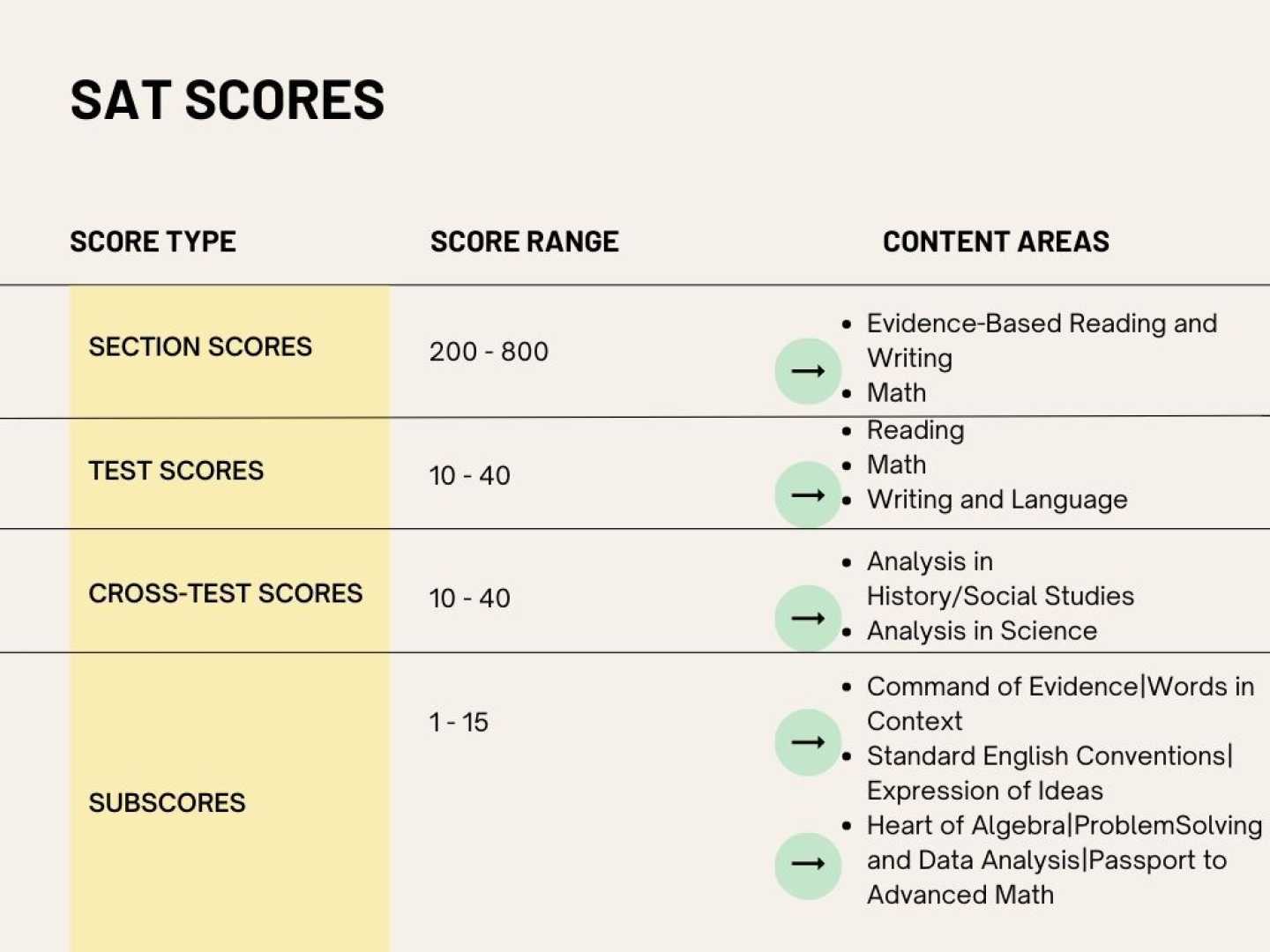Education
Students Await SAT Scores Amid Changing Admissions Landscape

NEW YORK, NY – Students nationwide who took the Scholastic Aptitude Test (SAT) on March 14 will receive their scores on April 3, according to the College Board. This date aligns with the organization’s standardized timeline for distributing results from its newly redesigned digital SAT format.
As the college admissions season ramps up, students are keenly interested in these release dates to inform their application strategies. The College Board stated that most students can access their scores through their SAT Suite accounts on the morning of the release date. However, some school systems may distribute scores via different platforms.
The SAT continues to play a significant role in college admissions processes, despite a growing trend towards test-optional policies among various institutions. Timely score releases are crucial as students finalize applications, seek scholarships, and consider retesting options based on their results.
The recent SAT redesign, launched in 2024, has reduced the test’s duration from three hours to two and shifted its format entirely to digital. To aid in planning for future exams, the College Board provides a comprehensive timeline for score releases, emphasizing that students should check their accounts early as scores usually become available in the morning but may be posted throughout the day.
Following the student release, Electronic Score Reports (ESR) will be accessible to educators. For further details, interested parties can visit the College Board’s official website.
While many colleges still require SAT scores, an increasing number of institutions have adopted test-optional or test-blind policies in recent years. A report from the Student Research Group indicated over 2,000 colleges do not mandate SAT or ACT scores for admissions. Students are advised to closely review the specific requirements for the institutions to which they are applying.
Students opting out of the SAT can still achieve college admissions through alternatives offered by test-optional schools. These institutions may place greater emphasis on factors such as high school GPA, course rigor, extracurricular activities, and personal statements.
In some states, the SAT is part of statewide assessments, leading many students to take the test automatically at their schools. Others may pursue the ACT as a viable alternative. Ultimately, the decision to take the SAT depends on students’ college aspirations and the specific admission criteria of their preferred schools. For many, understanding the SAT’s relevance and the timing of score releases is essential in navigating the complexities of this year’s admissions process.












